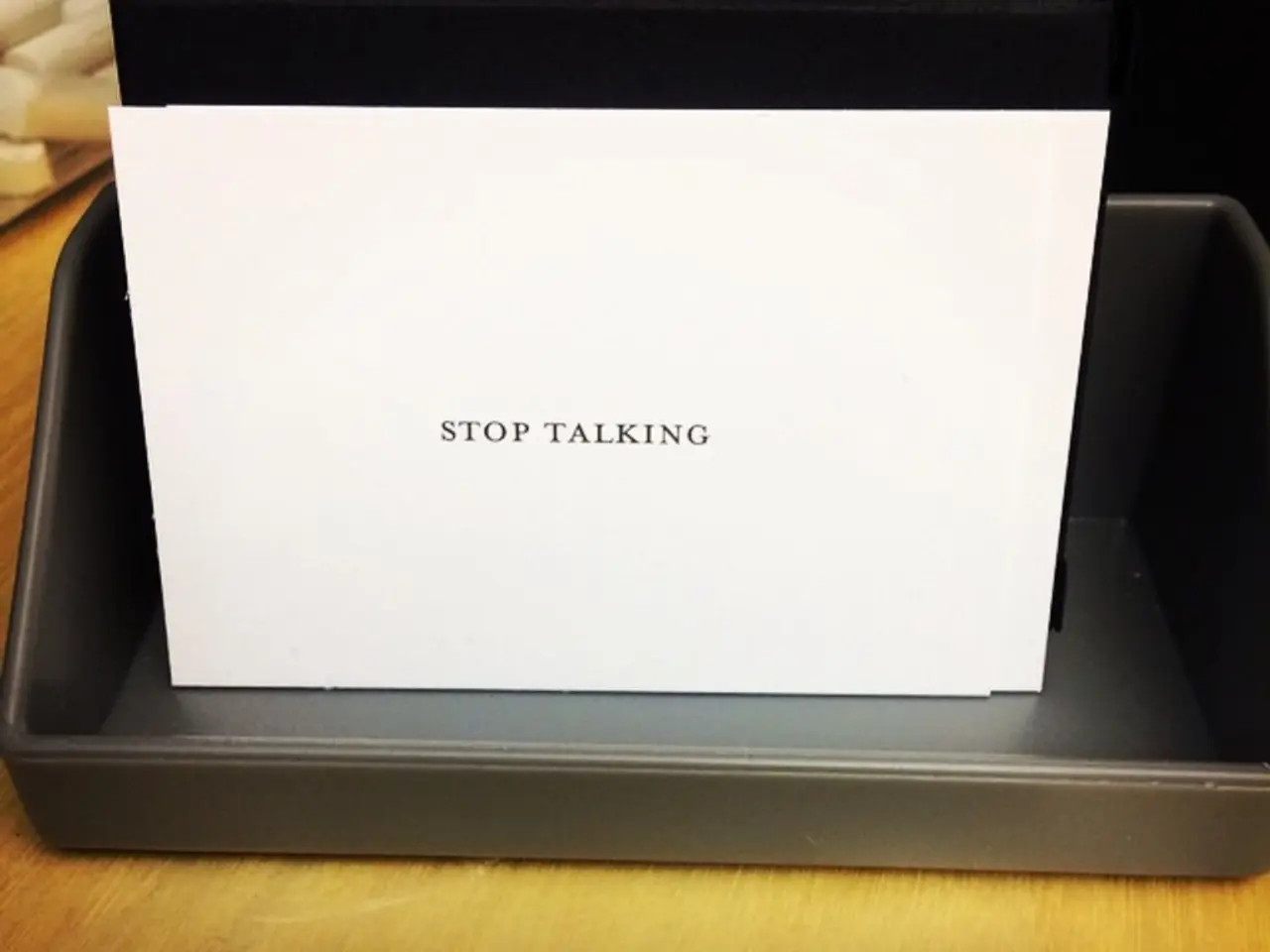Efficient Home Organization Method: The Subtle Approach to Promoting Long-Term Cleanliness
In the world of decluttering and minimalism, it's easy to fall into the trap of thinking that less is always more, and that adopting a completely bland lifestyle is the key to a tidy home. However, Alicia Barker, president of Organizers Direct Industries, clarifies that this isn't the case. Instead, decluttering and minimalism are about finding a balance between keeping what's important and letting go of what no longer serves a purpose.
One effective method for achieving this balance is the Caterpillar Method, a slow, steady, and mindful approach to clearing clutter. This method, much like the gradual movement of a caterpillar, encourages taking on small, manageable tasks incrementally. It emphasizes not just physical decluttering but also addressing the mental clutter—the worries and thoughts that contribute to feeling overwhelmed by clutter at home.
To effectively implement the Caterpillar Method at home, start small. Break down decluttering into tiny tasks rather than attempting to purge everything at once. This reduces overwhelm and increases sustainability. Be mindful, pausing to reflect on each item before deciding to keep or discard it. Ask why the item is there and how it makes you feel, fostering emotional clarity around your possessions.
Address mental clutter by recognizing how unfinished projects, old keepsakes, or clothes that no longer fit can feed anxiety. Clearing these supports both your physical environment and mental well-being. Involve family, teaching children and other household members about the impact of clutter on everyone’s mental health. Give children responsibility over their space to build empathy and shared respect for the home.
Progress gradually, making consistent, incremental progress helps make long-term tidiness achievable, avoiding the pitfalls of overwhelming, large-scale purges that typically fail. Reflect on emotional connections, considering resources like Matt Paxton’s Keep the Memories, Lose the Stuff or Marie Kondo’s The Life-Changing Magic of Tidying for guidance on handling emotionally significant clutter.
The Caterpillar Method contrasts with quick-fix or mass-purge tactics by combining physical tidying with emotional mindfulness, making decluttering a manageable and psychologically supportive process. It is especially useful for those who find large-scale decluttering overwhelming or who want lasting results rather than temporary fixes.
If you find it tough to keep your home clutter-free long-term and can't help but feel overwhelmed at the thought of paring back your home all at once, slow decluttering is the technique you should pair with the caterpillar method.
Alicia Barker, a leading figure in the decluttering world, recommends starting with the space that stresses you out the most, such as the entryway, and properly assessing your belongings to declutter sentimental items. The Caterpillar Method focuses on mental roadblocks that allow stagnant clutter or repetitive actions, giving you clarity by helping you understand the connection between your environment and your emotions, allowing you to change both.
The Caterpillar Method is not just about decluttering physical space, but also mental clutter. It teaches mindfulness, especially for families, and emphasizes the importance of teaching children how to keep their playroom organized. Properly assessing your belongings will help you make room for fresh memories and utilize technology to preserve memories.
Alicia Barker is the president of Organizers Direct Industries, one of the largest home organization companies in the U.S., known for its custom cabinetry and organizational systems. She is especially committed to autism advocacy and serves on the board of Detour Company Theatre, where she also volunteers as a coach.
References:
[1] Barker, A. (2021). The Caterpillar Method for Decluttering. Retrieved from https://www.organizersdirect.com/blog/caterpillar-method-for-decluttering
[2] Carter, D. (2018). Create Space: Declutter Your Home to Clear Your Mind. Retrieved from https://www.amazon.com/Create-Space-Declutter-Your-Mind/dp/1681981084
[3] Kondo, M. (2014). The Life-Changing Magic of Tidying: A Simple, Effective Way to Banish Clutter Forever. Retrieved from https://www.amazon.com/Life-Changing-Magic-Tidying-Effective-Forever/dp/1607747361
[4] Paxton, M. (2019). Keep the Memories, Lose the Stuff: Declutter, Downsize, and Move Forward with Your Life. Retrieved from https://www.amazon.com/Memories-Lose-Stuff-Declutter-Forward/dp/1544510526
- Alicia Barker, thepresident of Organizers Direct Industries, proposes the Caterpillar Method as a balanced approach to decluttering and minimalism, focusing on physical space, emotional mindfulness, and particularly emphasizing the importance of teaching children organizing skills in the home-and-garden environment.
- The Caterpillar Method encourages small, manageable tasks for decluttering, contrasting quick-fix or mass-purge tactics, and incorporates resources like Matt Paxton’s Keep the Memories, Lose the Stuff and Marie Kondo’s The Life-Changing Magic of Tidying to help navigate emotional clutter in the living room or kitchen.
- Rather than adopting a bland lifestyle, following the Caterpillar Method ensures that a home-improvement project still maintains some texture and art through mindful and purposeful selection of furniture, decor, and belongings.
- Although decluttering is a gradual process, committing to the Caterpillar Method can result in lasting impacts on both physical space, improving the aesthetic of a living room, and emotional well-being, contributing to a more harmonious home and lifestyle.




